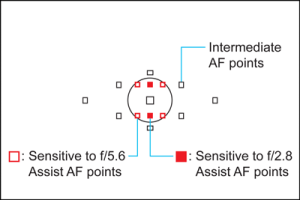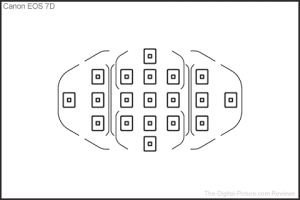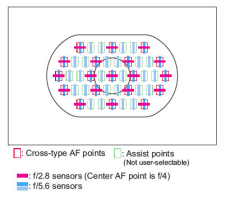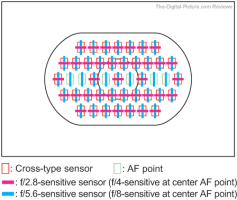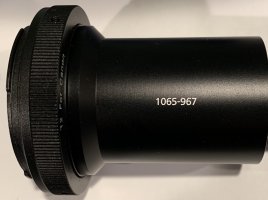Some relevant data, the top 10 best-selling ILCs in Japan for May, 2021 as reported by BCN
- Canon EOS Kiss X10 Double Zoom Kit Black
- Sony α6400 Double Zoom Kit Black
- Canon EOS Kiss M Double Zoom Kit White
- Canon EOS Kiss M2 Double Zoom Kit White
- Sony α6400 Double Zoom Kit Sliver
- Nikon D5600 Double Zoom Kit
- Nikon D3500 Double Zoom Kit
- Canon EOS Kiss M2 Double Zoom Kit Black
- Canon EOS Kiss X10i Double Zoom Kit
- Canon EOS Kiss M Double Zoom Kit White
Pretty clear that DSLRs are not dead – one of them tops the list (Kiss X10 = 250D = SL3), and 4 of the top 10 ILCs are DSLRs (consistent with global ILC market share).
There are no FF ILCs in the top 10, only APS-C. Six of the top 10 best-sellers are Canon products (entirely consistent with their continued market leadership, and entirely inconsistent with poor decision making or a lack of strategy).
Every camera in the top 10 was sold with two zoom lenses, which suggests that 1) most buyers are not upgrading from a prior model, 2) they are probably getting the two lens kit because that's all the lenses they'll ever buy. As
@Michael Clark states, that's very consistent with the entry-level market segment – people who buy an APS-C body and 1-2 lenses with it, and that represents their total investment unless their camera breaks in a few years, in which case they buy another entry level body with the 'new' kit lens(es).
The fraction of entry-level APS-C buyers who upgrade to FF is very small, and of those who do having 'an upgrade path' that allows them to use their APS-C lenses on a new FF body is not a significant concern. Certainly it's not a significant concern for Canon, because they did not offer that upgrade path for EF-S or EF-M lenses.

